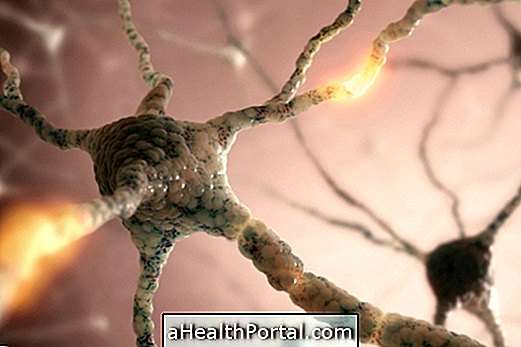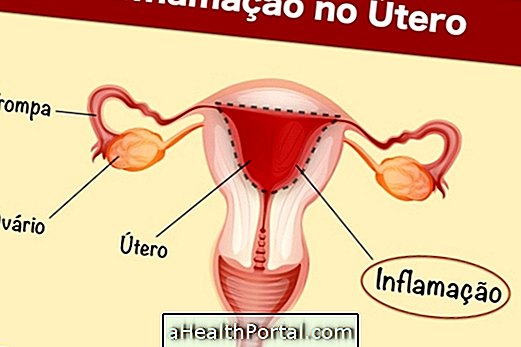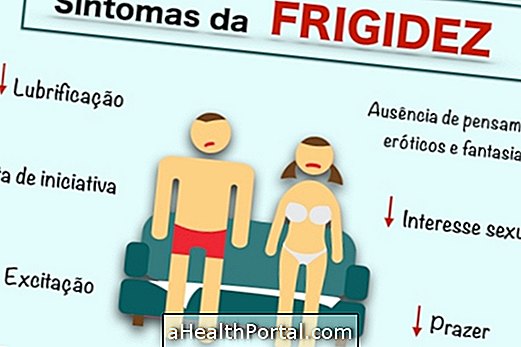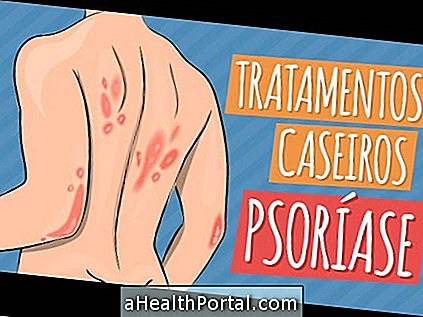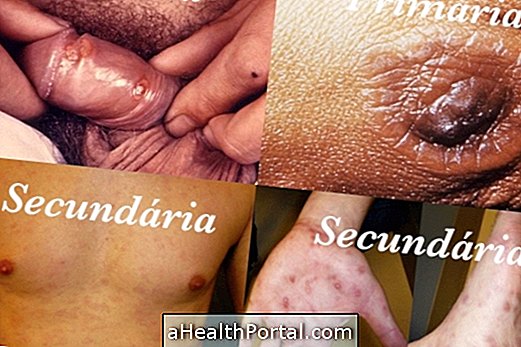Amyloidosis can produce several different signs and symptoms and therefore your treatment should be directed by the doctor, depending on the type of illness that the person has.
For the types and symptoms of this disease, see How to identify amyloidosis.
The doctor may indicate the use of medicines, radiotherapy, stem cell use, surgery to remove the site affected by amyloid deposits and even a liver, kidney or heart transplant, in certain cases. The goal of treatment is to reduce the formation of new deposits and eliminate existing deposits.
Amyloidase is characterized by the deposition of amyloid protein at some sites in the body, this protein is rare and is not normally found in the body and has no relation to the protein we consume.
Here's how to treat each type of amyloidosis.
How to Treat Primary or AL Amyloidosis
Treatment for primary amyloidosis varies depending on the individual's impairment but can be made with drugs such as Melphalam and Prednisolone combined with one another or with Melphalam IV for 1 to 2 years.
Stem cells may also be useful and Dexamethasone is generally better tolerated because it has fewer side effects.
When there is renal impairment, diuretics and compression socks should also be used to decrease swelling of the legs and feet, and when the disease affects the heart, a pacemaker may be implanted in the ventricles of the heart.
When there is localized amyloidosis in an organ or system, the protein concentration may be counteracted by radiotherapy or withdrawal through surgery.
Despite the discomfort that the disease causes and that medications can bring without treatment, the individual diagnosed with this type of amyloidosis can die in 1 or 2 years and if there is cardiac involvement, this can happen in 6 months.
How to treat Secondary Amyloidosis or AA
This type of amyloidosis is called secondary because it is related to other diseases such as rheumatoid arthritis, tuberculosis or family fever in the Mediterranean, for example. In treating the disease to which amyloidosis is related, there is usually amelioration of symptoms and decreased amyloid deposition by the body.
For treatment the doctor may prescribe anti-inflammatory drugs and check after a few weeks the amount of amyloid A protein in the blood to adjust the dose of the medicine. A remedy called colchicine can also be used, but surgery to remove the affected area is also a possibility when the symptoms do not improve.
When amyloidosis is linked to the disease called Mediterranean family fever the colchicine remedy can be used, having good relief from the symptoms. Without proper treatment the person who has this type of amyloidosis can have 5 to 15 years of life. However, liver transplantation is a good option to control the unpleasant symptoms caused by the disease.
How to Treat Hereditary Amyloidosis
In this case, the organ that is most affected is the liver and liver transplantation is the most indicated treatment. With the new organ transplanted there are no new deposits of amyloid in the liver. Find out what the recovery of the transplant is and the care that should be taken here.
How to treat senile amyloidosis
This type of amyloidosis is related to aging and in this case, the heart is the most affected and it may be necessary to resort to a heart transplant. See how life is after heart transplantation.
Discover other forms of treatment for senile amyloidosis when this disease affects the heart by clicking here.
